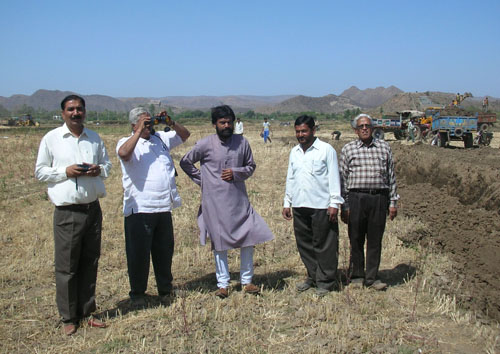Conservation of the Udaipur Lake System
Udaipur is known as the city of lakes on the world map. It has three lakes in the upper catchment area, six lakes within its municipal limits and one lake in the down stream and the river Ahar. The Udaipur lake system is so designed that water from one water body enters into the other through channels, link canals and the river Ahar.
The inhabitants of Udaipur got such a lake system as heritage from the Maharanas of Mewar centuries ago. Undoubtedly, the lakes surrounded by hills create a beautiful sight and attract tourists round the year. The lakes are the source of drinking water and the backbone of the town’s economy.
But, unfortunately, the lakes had been much neglected over a long period of time. As a result, the very existence of lakes became doubtful. The lakes remained a victim of negligence of government departments, contamination by hazardous pollutants, silt, encroachments, leakages of sewerage and garbage and so on.

Deeply concerned about the deteriorating condition of lakes, Shantipeeth initiated a campaign for their conservation by mobilising public movement and participation and establishing 'Jheel Sanrakshan Samiti' in 1992.
The Samiti’s immediate move was to remove hyacinth and solid waste from the Lake Pichhola through mass participation. The Samiti also acted as a pressure group in the interest of lakes and took the matter to law courts by filing public interest litigation. It has put forth a number of proposals and prepared lake conservation reports including a proposal for constituting ' Lake Development Authority'. Owing to persistent efforts of the Samiti, the National Lake Conservation Plan (NLCP) sanctioned a project for the lakes – Pichola and Fatehsagar. The Samiti took initiative for scientific desilting of the lakes time after time.















